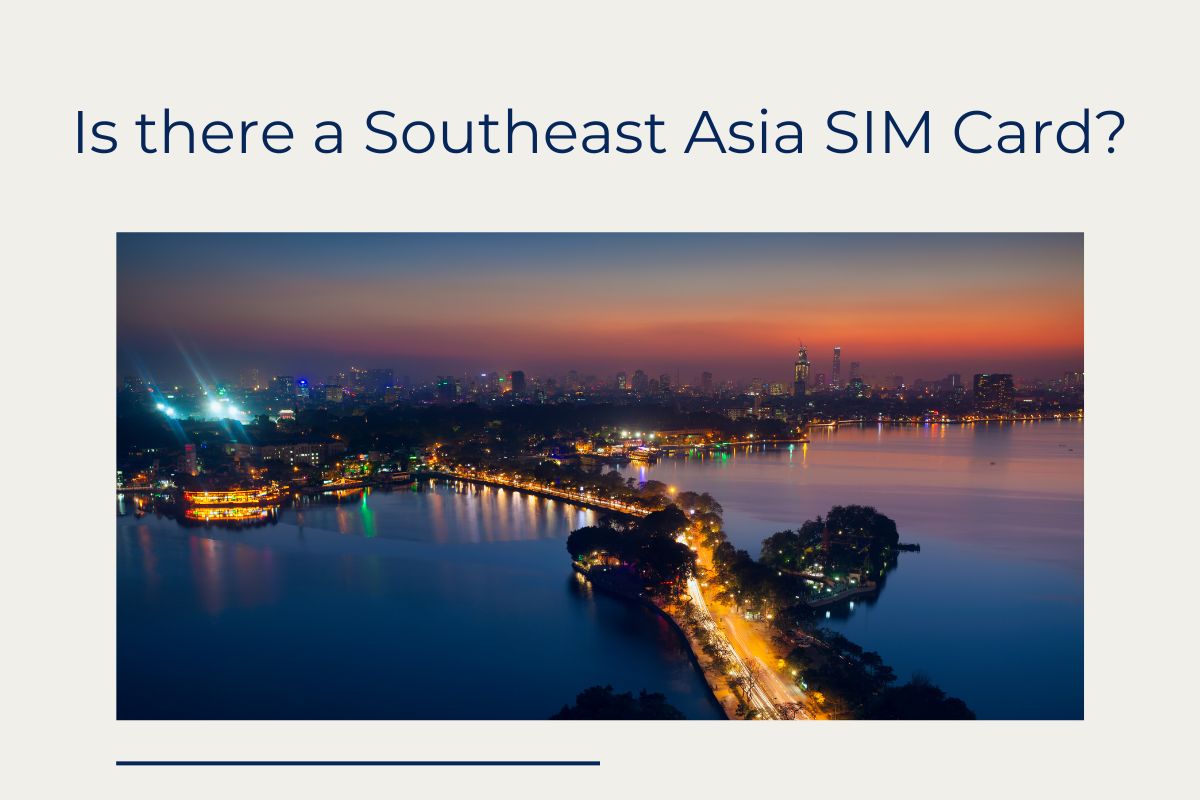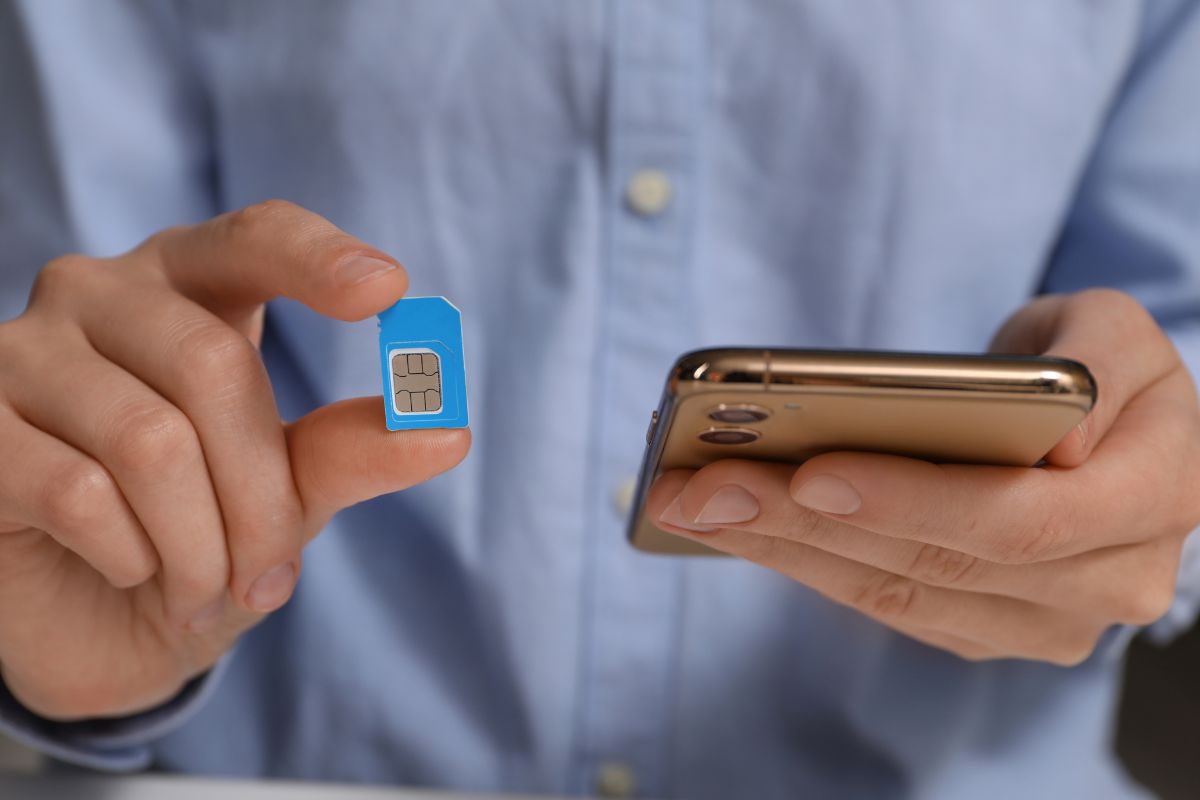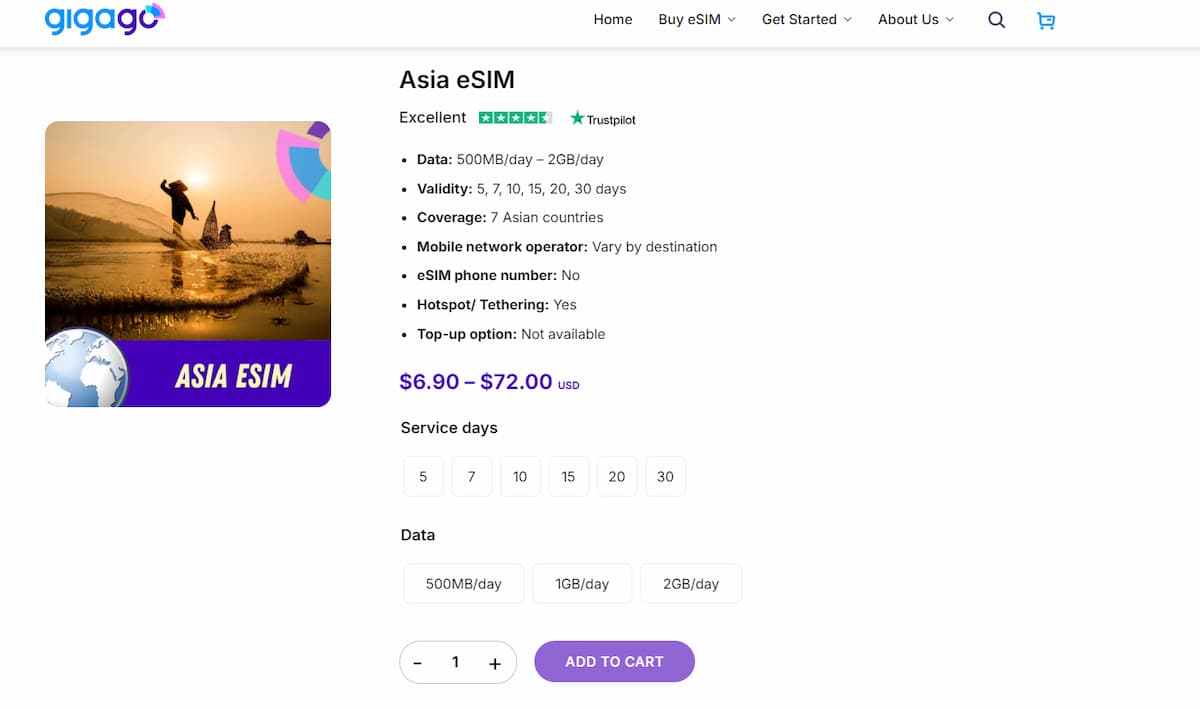Traveling to Southeast Asia opens up several experiences. However, amidst the excitement of discovering ancient temples and sampling street food delicacies, the need for a stable internet connection becomes increasingly apparent. As more travelers rely on their smartphones for navigation, communication, and entertainment, understanding the ins and outs of mobile connectivity in the region is essential.
This article delves into the various aspects of mobile connectivity in Southeast Asia, providing insights into the advantages and disadvantages of acquiring a SIM card, the speed and reliability of internet services, and alternative solutions such as eSIMs. By the end, you’ll be well-equipped to make informed decisions about staying connected during your travels in this stunning part of the world.

Table of Contents
Should I buy a local SIM card for Southeast Asia traveling
Yes, purchasing a local SIM card can be a great option for solving your data problem while traveling to Southeast Asia. Here is why:
- Convenience & flexibility: With local SIM cards, users can buy SIM cards at the airports, and convenience stores, making them easily accessible upon arrival. The activation process is usually straightforward, with many providers offering a quick setup guide (especially in English).
- Cost-effectiveness: purchasing a local SIM card is cost-effective for other connectivity options (roaming or pocket WiFi). In contrast, local SIM cards in Southeast Asia offer affordable data packages tailored for tourists, often providing ample data for browsing, streaming, and sharing your experiences online.
- Diverse plans: Southeast Asia tourists can choose from multiple SIM card plans to find the best plan for their travel in Southeast Asia.

How is the internet in Southeast Asia?
To understand the value of a Southeast Asia SIM card, evaluating the quality of internet services across the region is crucial. While it’s widely acknowledged that internet speeds can vary significantly, it’s essential to grasp both the strengths and limitations of connectivity options in different countries.
Here is a table comparing the median mobile download speeds and median fixed broadband download speeds of various Southeast Asian countries based on the Speedtest Global Index data:
| Country | Median Mobile Download Speed (Mbps) | Median Fixed Broadband Download Speed (Mbps) |
| Vietnam | 66.4 | 229.68 |
| Philippines | 70.8 | 172.62 |
| Thailand | 94.42 | 70.35 |
| Malaysia | 38.71 | 305.22 |
| Singapore | 203.21 | 391.59 |
| Indonesia | 19.37 | 25.14 |
In summary:
- Singapore’s internet infrastructure is world-class and amongst the most advanced globally, resulting in reliably high speeds for both fixed and mobile users nationwide. Further enhancements can be expected as technologies evolve.
- Thailand has a well-developed telecom infrastructure with widespread 4G availability and fiber broadband coverage. Both mobile and fixed internet speeds are growing steadily due to technology upgrades. The country has the fastest and most consistent internet in Southeast Asia. 5G deployment promises further enhancements in connectivity.
- Both mobile and fixed-line internet speeds in Vietnam have increased significantly in the past years. Major network expansions have enhanced coverage while the uptake of high-speed fiber and 4G/5G is supporting consistently strong performance nationwide. Vietnam now has one of the fastest broadband networks in Southeast Asia
Mobile internet in Southeast Asia has grown rapidly thanks to infrastructure investments. However, coverage consistency varies greatly between urban/rural settings depending on the country.
Continued 4.5G/5G deployments aim to close these divides and deliver high-quality connectivity throughout ASEAN nations. Regional cooperation could help accelerate broadband development.
Availability of public Wi-Fi vs. mobile data
While public Wi-Fi networks can be found in many tourist hotspots, cafes, and hotels throughout Southeast Asia, they can be unreliable and insecure. Using public Wi-Fi exposes travelers to potential cyber risks and data breaches, which concerns anyone who values their privacy and security.
Having a local SIM card alleviates these concerns, as you gain access to private mobile data networks that are generally more secure than public options. With your connection, you can browse and communicate freely, knowing your information is protected from potential threats.
Southeast Asia eSIM – alternative for visitors
As technology evolves, eSIMs have emerged as a modern alternative to traditional SIM cards, offering travelers more flexibility and convenience. An eSIM, or embedded SIM, eliminates the need to physically swap out SIM cards, allowing users to activate a mobile data plan remotely.
Advantages of eSIMs for travelers
- For frequent travelers or those who may visit multiple countries in Southeast Asia, eSIMs present a fantastic solution.
- eSIM also helps visitors save time, and inconveniences, They don’t need to swap into a new physical SIM card whenever they arrive in a new country.
- This adaptability not only saves physical space in your luggage but also minimizes the hassle of managing multiple cards. Additionally, many eSIM providers partner with local networks to ensure coverage and speed comparable to traditional SIM cards, making them a viable option for anyone looking to stay connected.
How to acquire and activate an eSIM
Acquiring an eSIM typically involves downloading a QR code or activation code provided by the eSIM carrier. This process is usually straightforward, requiring minimal technical knowledge. Once activated, you can manage your mobile data plans directly through your device settings, granting you complete control over your connectivity.
However, it’s essential to confirm that your smartphone is eSIM-compatible before deciding to go this route. Most newer models from major manufacturers support eSIM functionality, but older devices may not. Checking compatibility upfront will save you time and frustration upon arrival.
Potential limitations and considerations
While eSIMs offer several advantages, there are a few potential drawbacks to consider. Not all countries in Southeast Asia have widespread eSIM support, so researching your destination beforehand is crucial. Additionally, if you face difficulties with your eSIM provider, you may not have the same level of immediate support as you would with a local SIM card.
To help visitors solve this data problem, consider the Southeast Asia eSIM plan from Gigago.com as the #1 reliable eSIM provider. Visitors can easily purchase and activate an eSIM directly on their website, providing a hassle-free experience.

Read also: Southeast Asia eSIM – Where to buy?
Tips for visitors to stay connected in Southeast Asia
Once you’ve decided on your mobile connectivity approach, it’s time to consider some useful tips to enhance your experience while traveling in Southeast Asia. Staying connected can be a challenge, but with the right strategies, you can minimize headaches and maximize enjoyment during your journey.
Research ahead of your trip
Before heading to Southeast Asia, invest some time researching mobile providers and their offerings in your desired destinations. Websites and travel blogs often provide valuable insights into the best local SIM card options, pricing, coverage areas, and user experiences.
Engaging with fellow travelers on forums or social media platforms can also help you gather first-hand accounts and recommendations. Knowledge is power, and being well-informed will empower you to choose the best option for your needs.
Stay secure while connected
Regardless of whether you’re using a local SIM card or an eSIM, maintaining security while connected to the internet is paramount. Whenever you’re accessing sensitive information, such as banking details or personal data, ensure you do so through secure connections and trusted websites.
Consider using a Virtual Private Network (VPN) to bolster your online security, especially when utilizing public Wi-Fi networks. A VPN encrypts your data, shielding it from potential cyber threats while allowing you to maintain your privacy.
Conclusion
Navigating the world of mobile connectivity in Southeast Asia doesn’t have to be a daunting task. Armed with the knowledge of local SIM cards, eSIMs, and the ins and outs of internet speeds in the region, you can confidently decide how to stay connected during your travels.
Whether you choose the convenience of a local SIM card or opt for the modern solution of an eSIM, staying connected will open doors to richer experiences, cultural immersion, and seamless communication. As you explore the breathtaking beauty and diverse cultures of Southeast Asia, remember that connectivity is not just about technology; it’s about connecting with people, places, and memories that will last a lifetime. Make the most of your adventure and enjoy every moment!